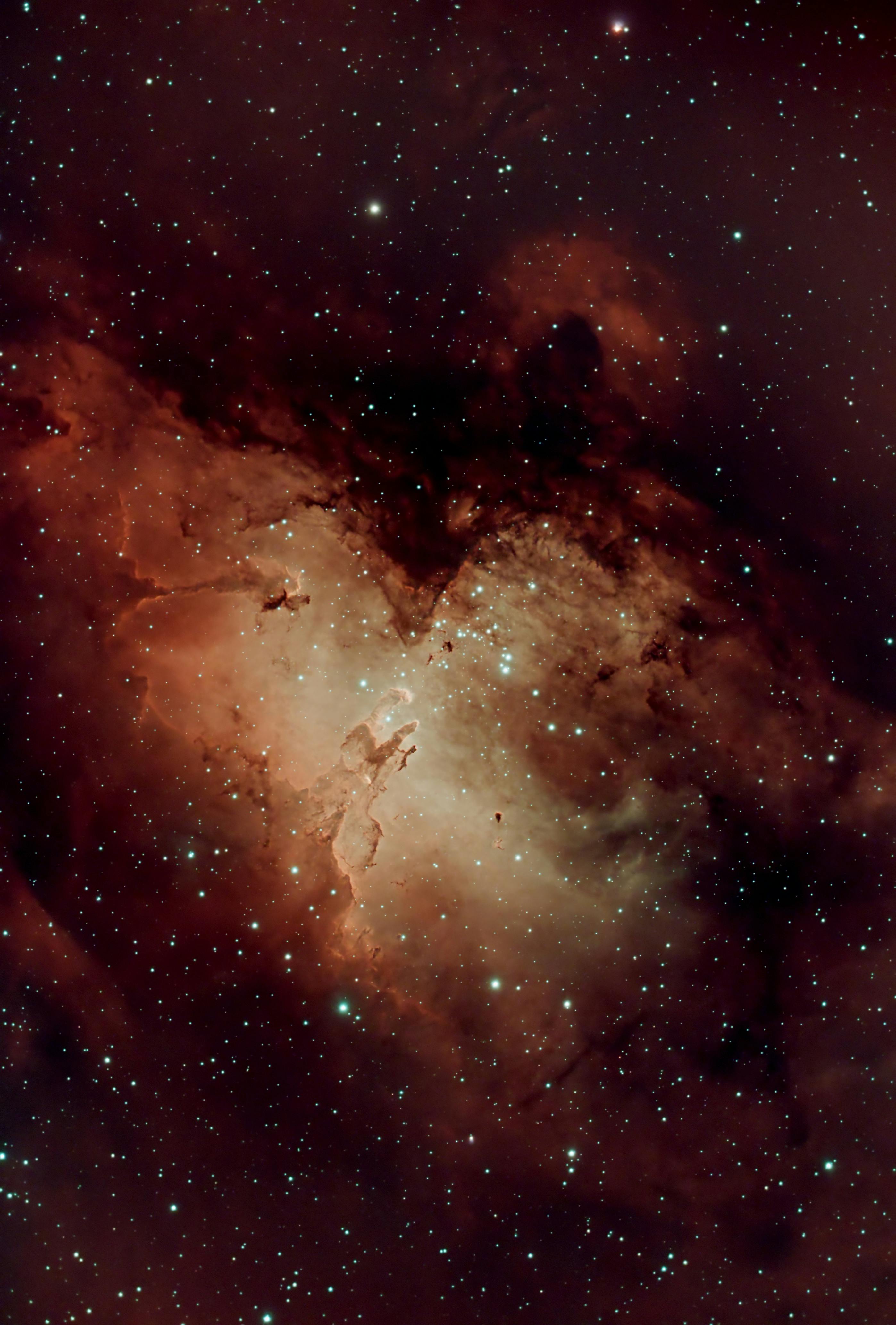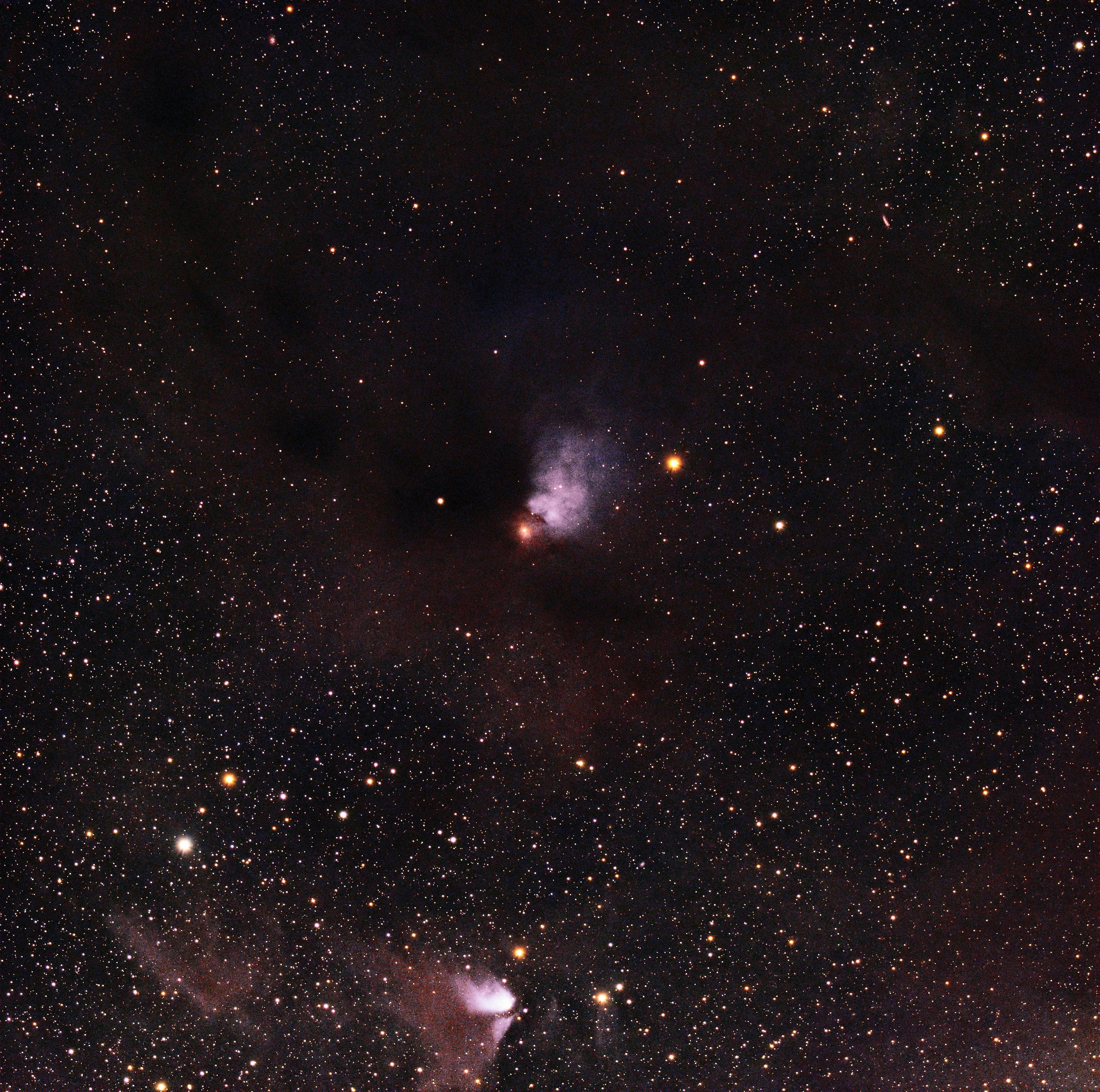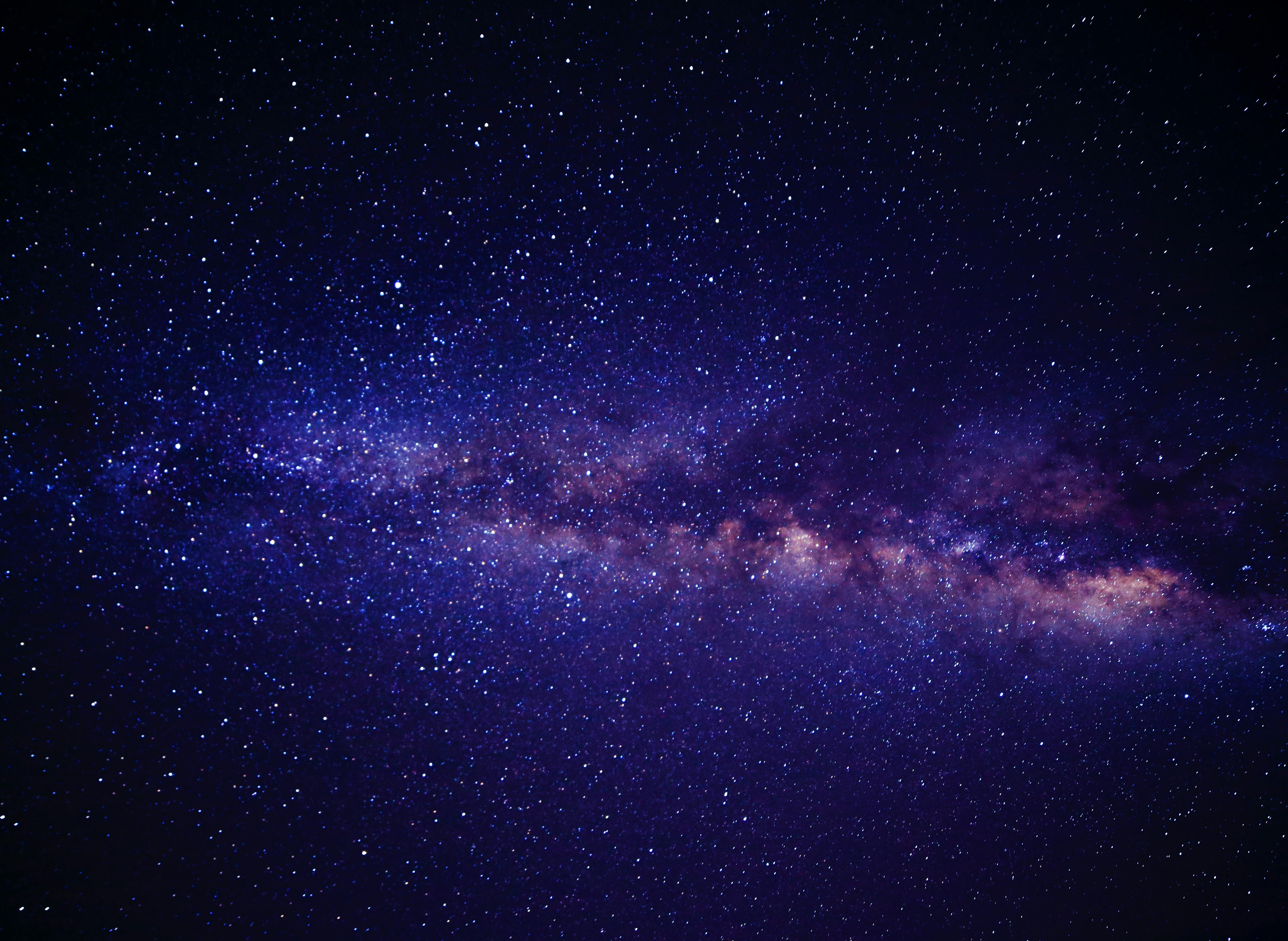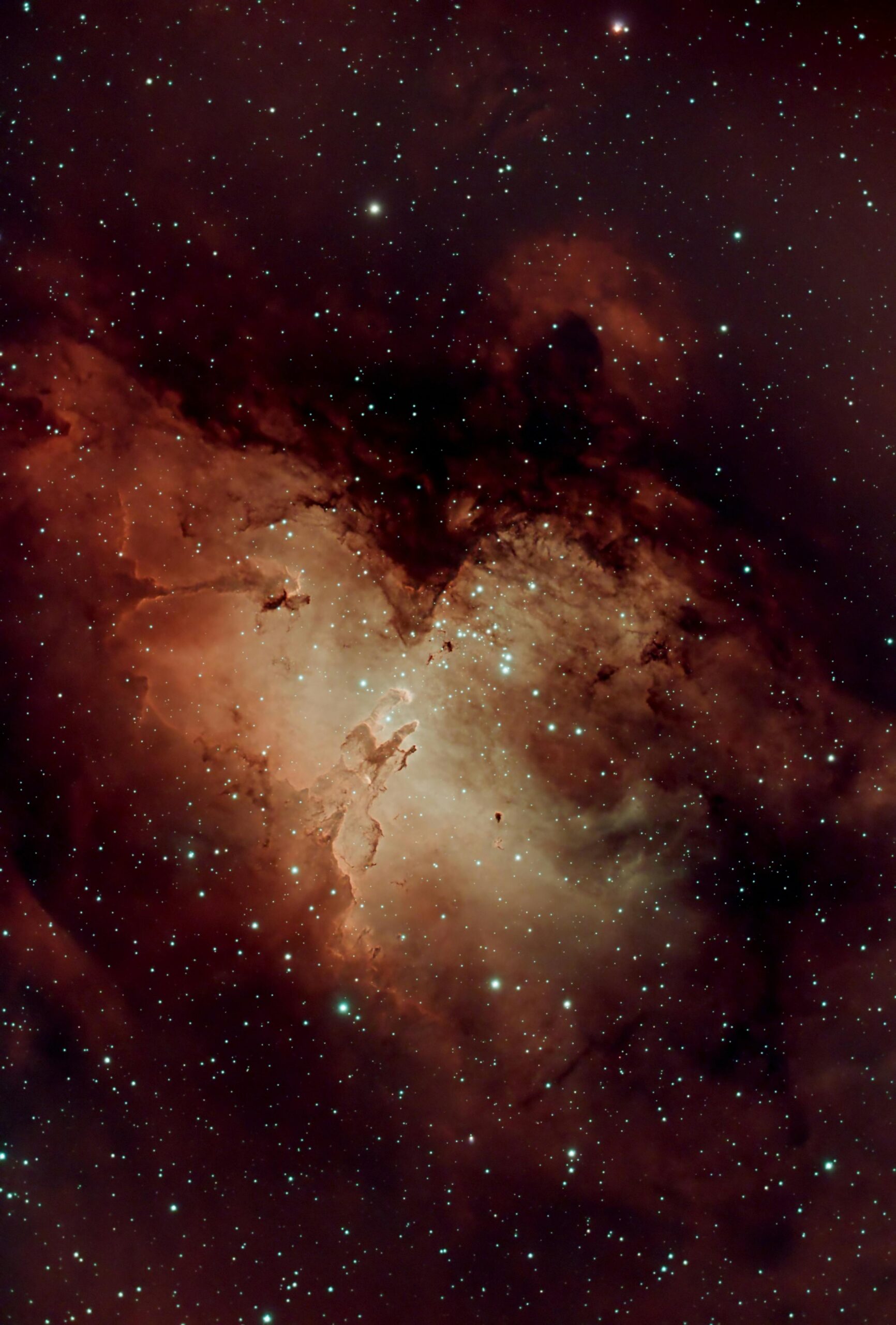Galactic Beauty: Exploring the Wonders of the Universe
The universe, with its vast expanse and stunning phenomena, is a source of endless fascination. From the glittering stars in distant galaxies to the ethereal beauty of nebulae, the concept of “galactic beauty” transcends traditional aesthetics, blending the scientific with the artistic. In this article, we will explore the intricate layers of galactic beauty, its significance in various fields, and how we can practically engage with this cosmic allure. Whether you’re an art lover, a science enthusiast, or simply someone captivated by the mysteries of space, you’ll find this journey through the universe enlightening and inspiring.

Understanding the Fundamentals
Galactic beauty refers to the awe-inspiring visual and scientific phenomena observed in space. From the vastness of galaxies to the intricate patterns of cosmic dust, these natural spectacles are both scientifically significant and artistically beautiful. Understanding the fundamentals of these phenomena can enhance our appreciation for both the science behind them and their aesthetic value.
Historically, our understanding of space has been shaped by both scientific discoveries and artistic depictions. The combination of observation and imagination has allowed us to appreciate the universe not only as a scientific realm but as a source of artistic inspiration. Galactic beauty has played a significant role in how we view our place in the cosmos.
1.1 The Science Behind Galactic Beauty
Galactic beauty stems from the complex interactions of matter and energy in space. Phenomena like supernovae, the formation of black holes, and the spiral structure of galaxies contribute to the visual splendor we associate with the universe. Studies in astrophysics help explain how these events occur, from the birth of stars to the death of galaxies.
For example, the colorful clouds of nebulae are created by the interaction of gas and dust with light from nearby stars. These clouds serve as cosmic nurseries where new stars are born, illustrating the cyclical nature of the universe. The intricate patterns of light and matter that emerge can be both beautiful and humbling.
1.2 The Role of Astronomy in Understanding Galactic Beauty
Astronomy plays a pivotal role in unveiling the cosmic phenomena that make up galactic beauty. Through telescopes and space exploration, scientists have been able to capture images of distant galaxies, uncovering previously unseen wonders. Instruments like the Hubble Space Telescope have allowed us to witness the beauty of the cosmos in unprecedented detail.
The combination of technology and art has allowed for the creation of stunning visualizations of space. These images, often showcasing nebulae, galaxies, and other celestial bodies, not only help us understand the universe but also inspire the imagination of those who view them.
Practical Implementation Guide
Understanding galactic beauty isn’t limited to the realm of astronomers and astrophysicists. Anyone can appreciate and even apply the principles of galactic beauty in their everyday lives, whether through art, education, or even space exploration. Let’s dive into how you can explore and implement this concept practically in various areas.

2.1 Actionable Steps to Explore Galactic Beauty
- Engage in amateur astronomy: Invest in a telescope to explore the night sky, tracking visible planets and constellations.
- Study the science: Begin with basic astrophysics or astronomy courses to understand the principles that govern cosmic phenomena.
- Participate in space-themed art: Use digital tools or traditional mediums to create art inspired by galactic beauty, such as painting nebulae or designing digital space scenes.
2.2 Overcoming Challenges in Galactic Exploration
Exploring galactic beauty is not without its challenges. Whether you’re an amateur astronomer or an artist, obstacles can arise in your journey. Here are some common hurdles and solutions:
- Challenge 1: Light pollution makes stargazing difficult in urban areas. Solution: Consider visiting dark-sky parks or using light filters to enhance visibility.
- Challenge 2: Understanding complex astronomical data. Solution: Start with beginner-friendly resources like online tutorials or books aimed at newcomers to astronomy.
- Challenge 3: Creating accurate depictions of space phenomena. Solution: Study high-resolution images from telescopes and use specialized software to replicate these visuals in your artwork.
Advanced Applications
Once you have a solid understanding of galactic beauty and how to explore it, you can delve into advanced techniques and applications. These methods allow for deeper interaction with the universe and can even contribute to scientific discovery or cutting-edge space exploration.

3.1 Advanced Astrophysics Techniques
Advanced techniques in astrophysics, such as gravitational wave detection or studying cosmic microwave background radiation, reveal the true nature of galactic beauty. These methods help scientists probe deeper into the universe’s origins and its future. For example, gravitational wave astronomy has enabled us to detect ripples in space-time caused by massive cosmic events, such as the collision of black holes.
These discoveries not only deepen our understanding of the universe but also enhance the aesthetic appreciation of the cosmos. The more we learn, the more we see the profound beauty inherent in the structure of space itself.
3.2 Space Exploration and Its Role in Galactic Beauty
Human space exploration continues to advance, with missions to Mars, the Moon, and beyond. These missions bring us closer to understanding the beauty of galactic structures, allowing us to witness firsthand the mysteries of other planets, moons, and celestial bodies. Innovations in spacecraft design and deep-space exploration technologies enable scientists to capture new and breathtaking images of distant galaxies.
As space exploration progresses, we can expect to uncover new layers of galactic beauty, offering fresh perspectives on the universe and its boundless wonders.
Future Outlook
The future of galactic exploration and appreciation holds exciting possibilities. As technology continues to evolve, we can expect even more detailed observations and images from space telescopes and exploration missions. Additionally, advancements in artificial intelligence and machine learning will allow astronomers to analyze vast amounts of data, revealing new cosmic phenomena.
In the next 3-5 years, we might even see the first images of black holes captured in unprecedented detail, further enhancing our understanding of the universe’s beauty. For those interested in space, this is a time of tremendous opportunity and discovery.
Conclusion
Galactic beauty is not only a concept of visual appeal but a doorway to understanding the cosmos in both scientific and artistic terms. By exploring the principles, challenges, and advanced applications of this fascinating subject, we gain a deeper appreciation for the universe and our place within it.
Now is the time to engage with galactic beauty, whether through amateur astronomy, space art, or the latest scientific research. The universe is waiting for you to discover its wonders!
Frequently Asked Questions
- Q: What is galactic beauty? Galactic beauty refers to the visual and scientific phenomena found in the universe, such as galaxies, stars, and nebulae, that captivate the human imagination.
- Q: How can I start exploring galactic beauty? Start by observing the night sky with a telescope, taking an astronomy course, or creating art inspired by space.
- Q: How much time does it take to learn about galactic beauty? Depending on your approach, it can take a few months to a year to gain a solid understanding of the basics of astronomy or space art.
- Q: How expensive is space exploration equipment? Entry-level telescopes can cost a few hundred dollars, while more advanced equipment for professional use can run into the thousands.
- Q: Is it hard to create accurate space art? It can be challenging, but with practice and access to high-resolution images, anyone can create visually stunning space art.
- Q: Can I combine space exploration with other sciences? Absolutely! Space exploration often intersects with fields like physics, engineering, and even biology in understanding life beyond Earth.
